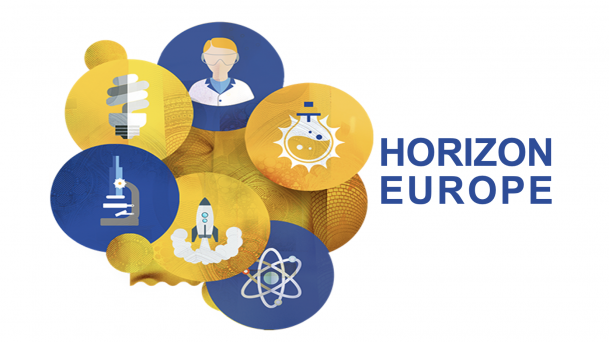5 Tips for writing better Horizon Europe grant proposals
Noldus has been a partner in many research projects, which means that we have a lot of experience writing grants. Read our tips for writing better grant proposals, based on our own practical experience.
Posted by
Published on
Mon 05 Sep. 2022
Topics

Experience with grant writing
Noldus has been a partner in dozens of funded EU projects, as well as many more regional and national ones, about 140 in total. That means that we have a lot of experience writing grant applications. The tips below are all based on our own practical experience from reviewers' feedback, as well as from being reviewers ourselves. Horizon proposals are very competitive, with almost 90% not being funded in Horizon 2020. As well as the tips below, we can help you personally with our grant assistance program.

1. Consortium composition is crucial
It is tempting to invite the people who you happen to know to join the consortium. However, to succeed, you should aim to have the best in their field. You must also have enough diversity, with all the disciplines necessary to carry out the research and to achieve the impact you will claim. Include SMEs and possibly large industry partners.
If scores between projects are equal, gender balance, geographical diversity (number of counties) and SME involvement are used to decide which get funded. The consortium is presented both in Part A (more extensively than in Horizon 2020) and at the end of the proposal, so make sure those two sections are well-aligned.
2. Plan in enough time for the proposal
Normally you should aim to start putting the consortium together at least six months before the deadline, maybe even before that. The days when proposals could be written as an extra task in the evenings and weekends are long gone. For researchers involved in grant writing, it is an integral part of their normal professional work, and a consortium member who has no time for meetings or repeatedly misses deadlines for their inputs will be seen as a problem.
Coordinating a proposal takes a lot of time, and it is not unusual for a consortium to stop because no one wants to coordinate. A solution can be to divide the coordinating tasks up between two or more partners, or to hire a company to help. Allow enough time to proofread and review the whole document. A review by someone outside the team is useful at a stage when there is enough text to understand the project idea, but not too late to make important changes.
3. Focus on the Call
Don't just read the Call at the beginning of the process, but regularly check the text as your proposal develops. The proposal is evaluated against the call text.
It is also important that you understand the structure of the call and how that relates to your proposal. For instance, the call defines Expected Outputs, and those must be clearly related to the project Deliverables. Topic outcomes are related to medium term impacts, and the Destination defines the wider scientific, economic and social effects in the long term.
It is good practice to start with the project objectives and impact summary, as the other sections should flow from them, rather than the other way round.

4. Impact
This is the section that proposals most often loose points on. The impact is assessed on both the scale (how big an impact) and significance (how important an impact) as well as the credibility of the path that you describe to reach that impact. Is it credible to claim an EU-wide (or even global) impact if the partners are all in one region of Europe? Is a project worth funding if its results will only benefit a small number of people? Is it credible that the project results will come onto the market if there is not a company in the consortium?
Try to go beyond the standard measures to maximize the impact - communication, dissemination and exploitation. Make sure you understand the difference between those three: communication is about all aspects of the project, dissemination only about the results, and exploitation is about use of the results by stakeholders after the project (e.g. for commercial purposes or as input for policymakers). This must also be credible; no one will believe that you will influence policy if there is no specific activity to communicate the results to the right policymakers.
5. Remember who you are writing for
The reviewers have many proposals to assess in a limited time, so do everything you can to make their life easy. A Horizon proposal should articulate how you will help the EU to solve its problems, not how you will further your research & development interests (except for ERC calls).
You are not writing a scientific paper, and some reviewers will be from a different discipline than your own. That means not too many references, make it easy to read, without jargon, and clearly structured. Avoid fuzziness everywhere, but especially in your objectives. Graphics and illustrations help; even with the 45-page limit, there should be room for some.
Familiarize yourself with the expert briefing explaining to reviewers what the assessment criteria are. The evaluators will often read the summary in Part A first, so make sure that is really well-written and very clearly presents the heart of your project idea. The impression that the summary creates will affect the way that the reviewers read the rest of the proposal.

Help
Are you busy with a Horizon proposal? Maybe Noldus could be a partner in your project. If the grant could be used to buy solutions from Noldus, we offer a grant assistance program to help you improve your proposal. See here for more information about that.
Related Posts

5 Must-read articles to explore human behavior and emotions

What is behavior?

